
The Ultimate Moon Quiz!
Gazing at the moon, Earth's celestial companion, has ignited human curiosity for millennia. From ancient myths to modern space exploration, our lunar neighbor has captivated hearts and minds. But how much do you truly know about this enigmatic orb?
Challenge your lunar IQ with our epic moon quiz! Dive into a world of craters, gravity, and lunar lore, and see if you can ace this cosmic challenge. Whether you're a seasoned space enthusiast or a curious newcomer, this quiz is designed to entertain, educate, and maybe even spark a few "aha!" moments.
So, why take the plunge into our lunar labyrinth?
Are you a stargazer fascinated by the celestial wonders above? Dive into our immersive Moon quiz and journey through the enigmatic world of Earth's lunar companion. Unlock the mysteries of our nearest cosmic neighbor with 24 captivating questions that span lunar history, phases, exploration, and more.
- Test your knowledge: From basic moon facts to fascinating trivia, this quiz will put your lunar expertise to the test. Think you know your full moons from your gibbous phases? Let's see!
- Discover something new: Even the most seasoned spacefarers can learn something new about the moon. This quiz is packed with intriguing facts and little-known tidbits that will leave you moonstruck (pun intended!).
- Have some fun! Learning shouldn't be a drag. Our moon quiz is designed to be engaging and enjoyable, with a healthy dose of challenge and humor to keep you hooked.
Challenge Your Cosmic Curiosity
Step up to the challenge and put your celestial knowledge to the test! The Sun and Moon have a special connection that affects light and shadows in the sky. Our Moon quiz is designed to thrill both budding astronomers and seasoned space enthusiasts alike. Whether you're a beginner or an orbiting expert, this quiz will spark your curiosity and expand your cosmic understanding.
Bonus Tip: To further enhance your moon-tastic experience, check out NASA's Moon website before taking the quiz.
Join the cosmic expedition and journey through lunar lore, space missions, and lunar phenomena. Discover the awe-inspiring beauty of Earth's faithful satellite as you explore its history, composition, and the captivating experiences of those who ventured to touch its surface.
Get Ready to Blast Off!
Ready to take flight? Click the "Let's Play" button below and prepare to embark on a journey to the heart of our lunar neighbor.
Play our Moon quiz and unearth fascinating facts that will leave you starry-eyed. Sharpen your cosmic know-how, embrace the mysteries of space, and immerse yourself in the wonders of the Moon—all with just a few clicks.
With this Moon quiz, you'll be a moon expert in no time! So, buckle up, space cadets, and prepare for lunar liftoff!
P.S. Don't forget to share your score and tag us on social media! We love seeing your lunar prowess in action.
Enjoy Quizly? Upgrade to Premium for an ad-free experience and exclusive features.
Get PremiumMoon Quiz Questions
Time to put your thinking cap on! How many moons does Earth have?
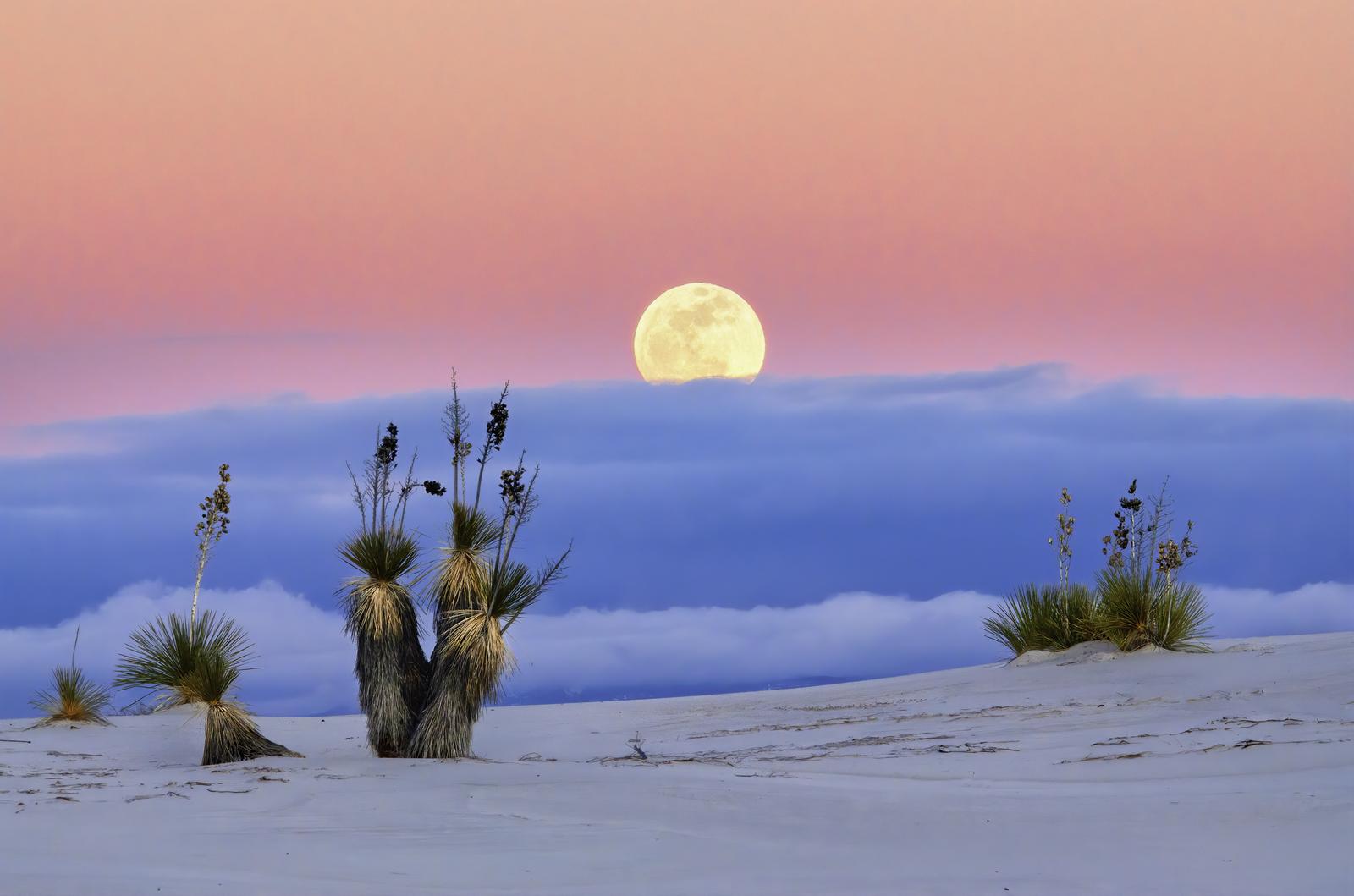
2
3
0
1
What percentage of the Earth's diameter does the Moon's diameter roughly equate to?
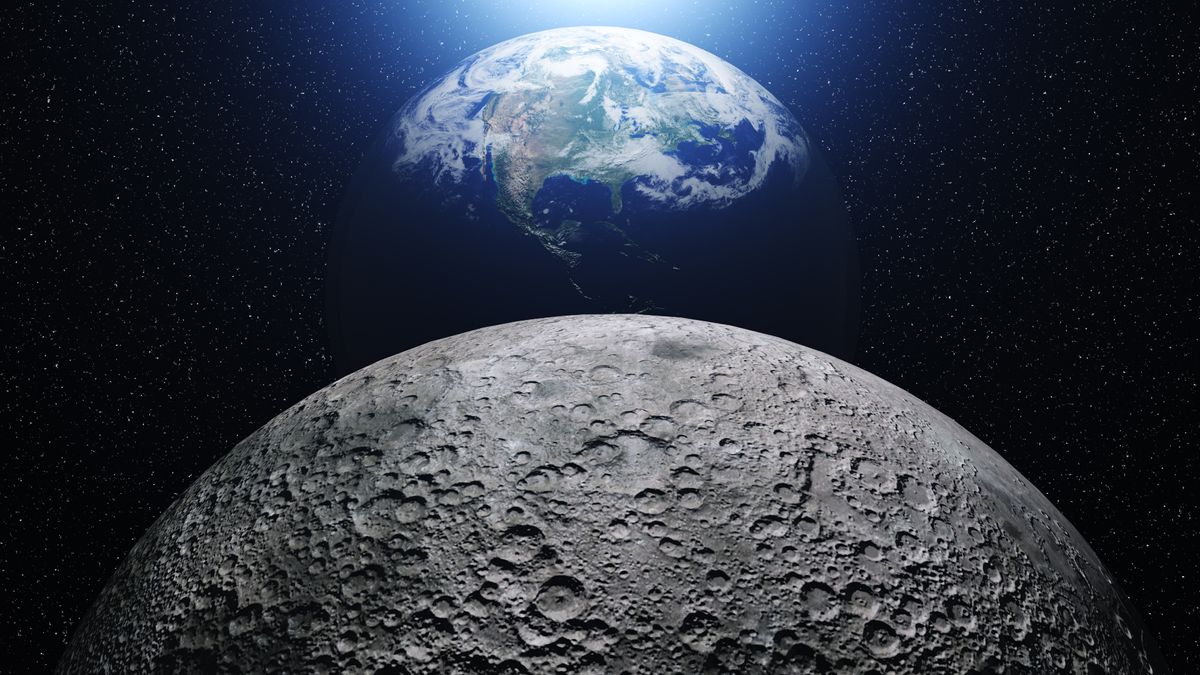
55%
12%
27%
40%
True or false: The United States is wider than the Moon.

False
True
Which phase of the Moon occurs between the first quarter and full moon phases?
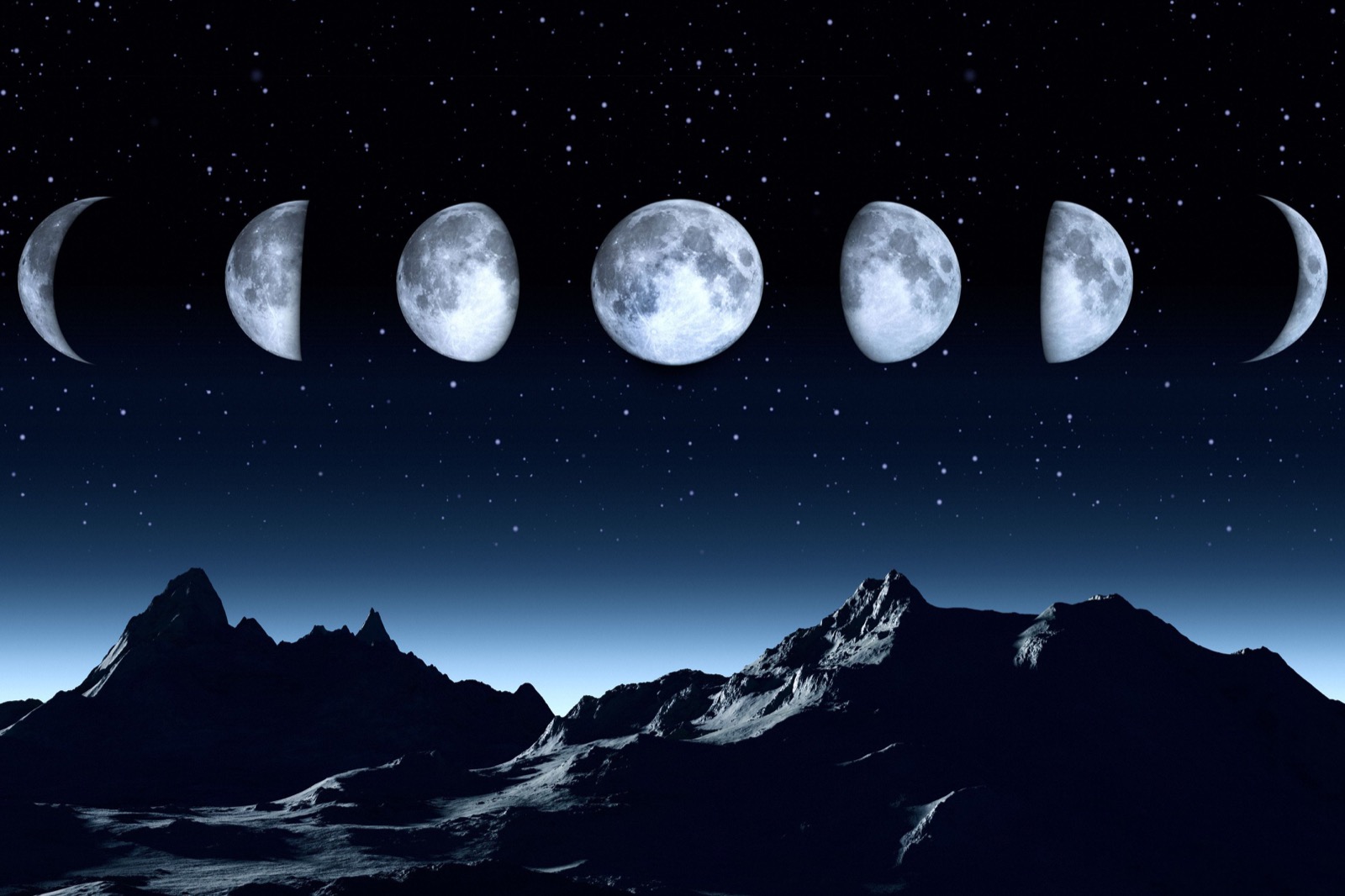
New moon
Waning gibbous
Waning crescent
Waxing gibbous
Which phenomenon on the Moon leads to its surface temperature extremes, reaching up to 127°C (260°F) during the day and -173°C (-280°F) at night?
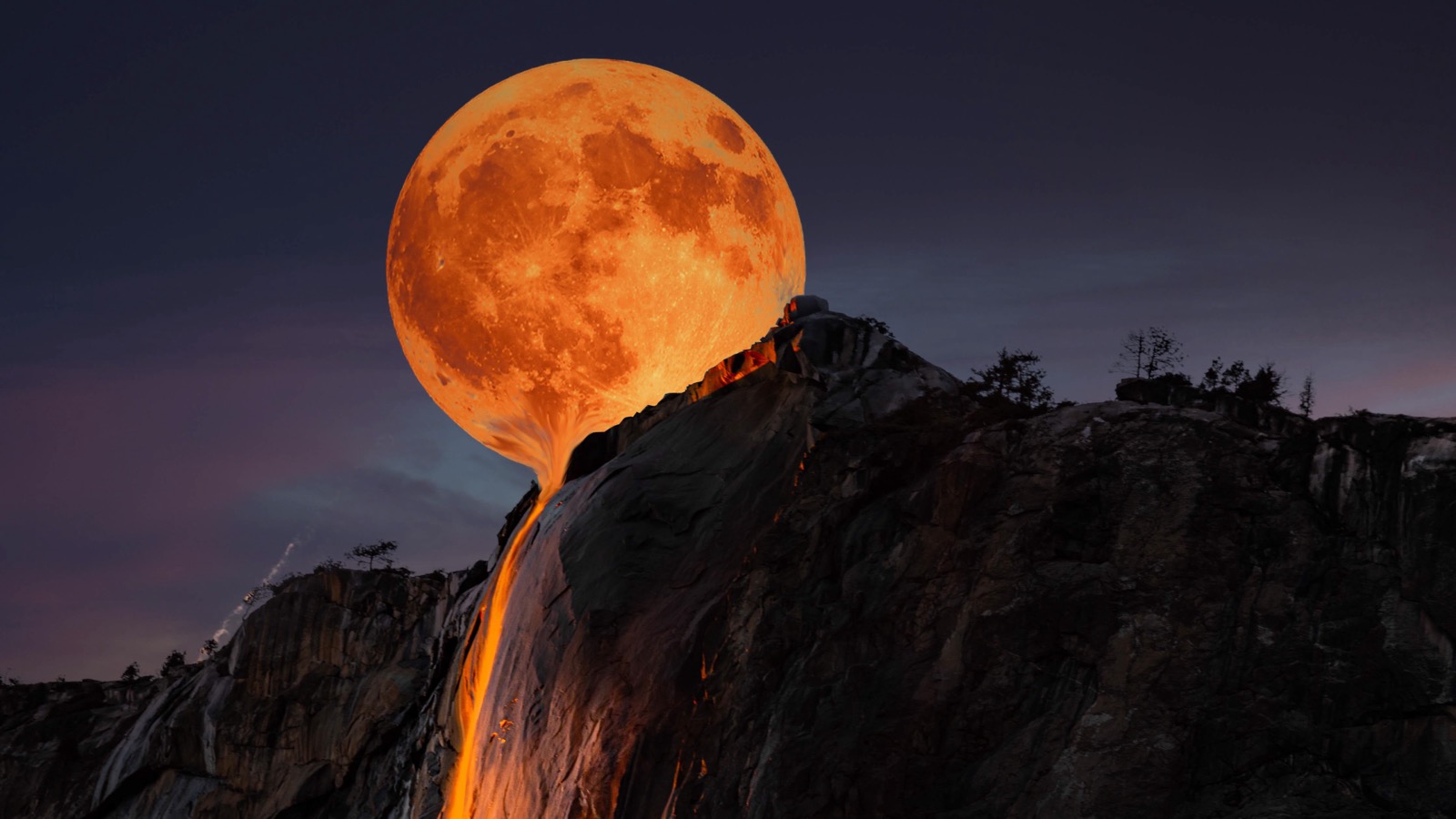
High concentration of iron
Continuous exposure to sunlight
Lack of atmosphere to retain heat
Presence of helium gas
What is the term for the fine, powdery dust covering the lunar surface?
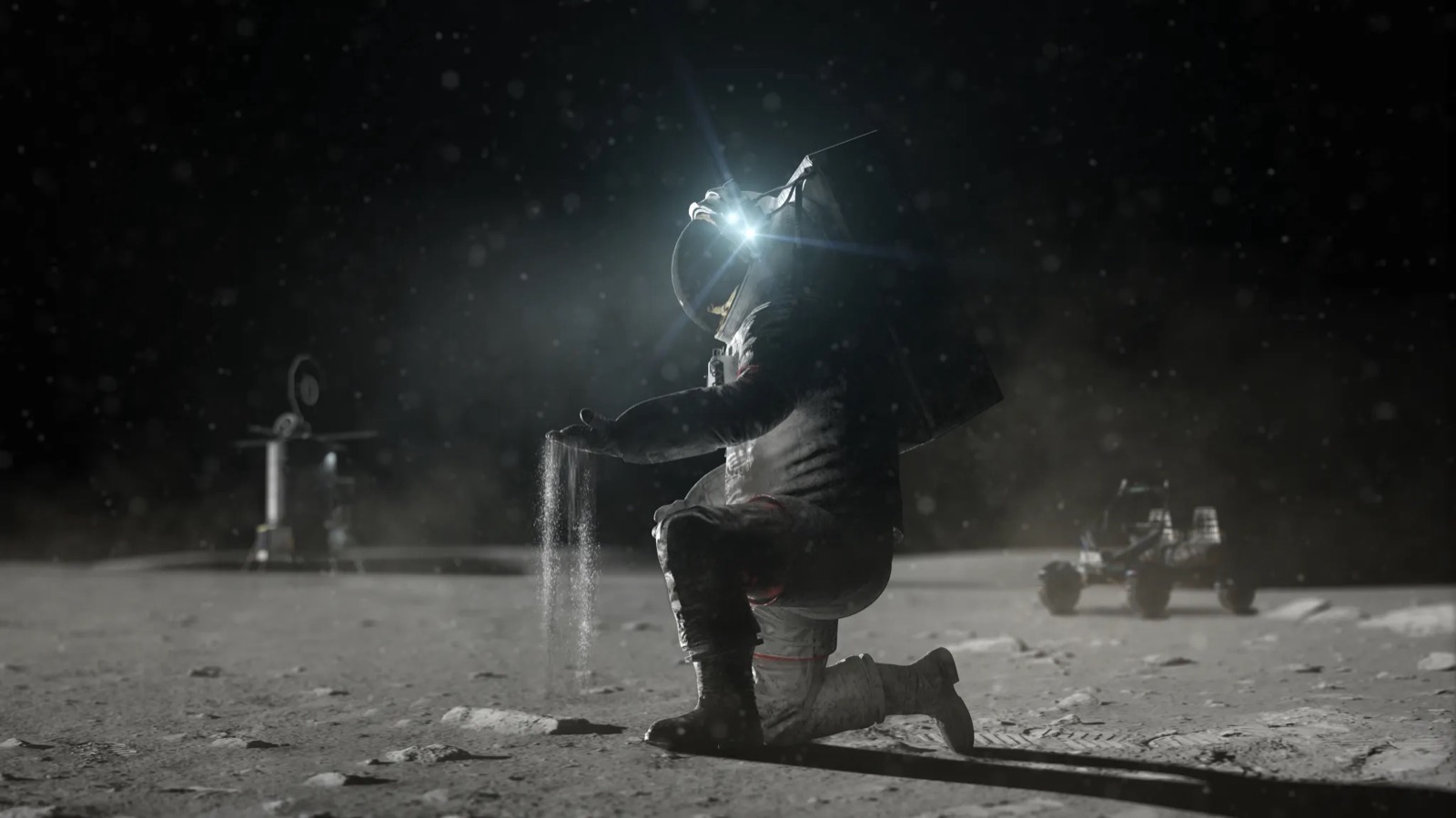
Debris
Regolith
Sediment
Silt
What is the approximate distance between the Earth and the Moon?
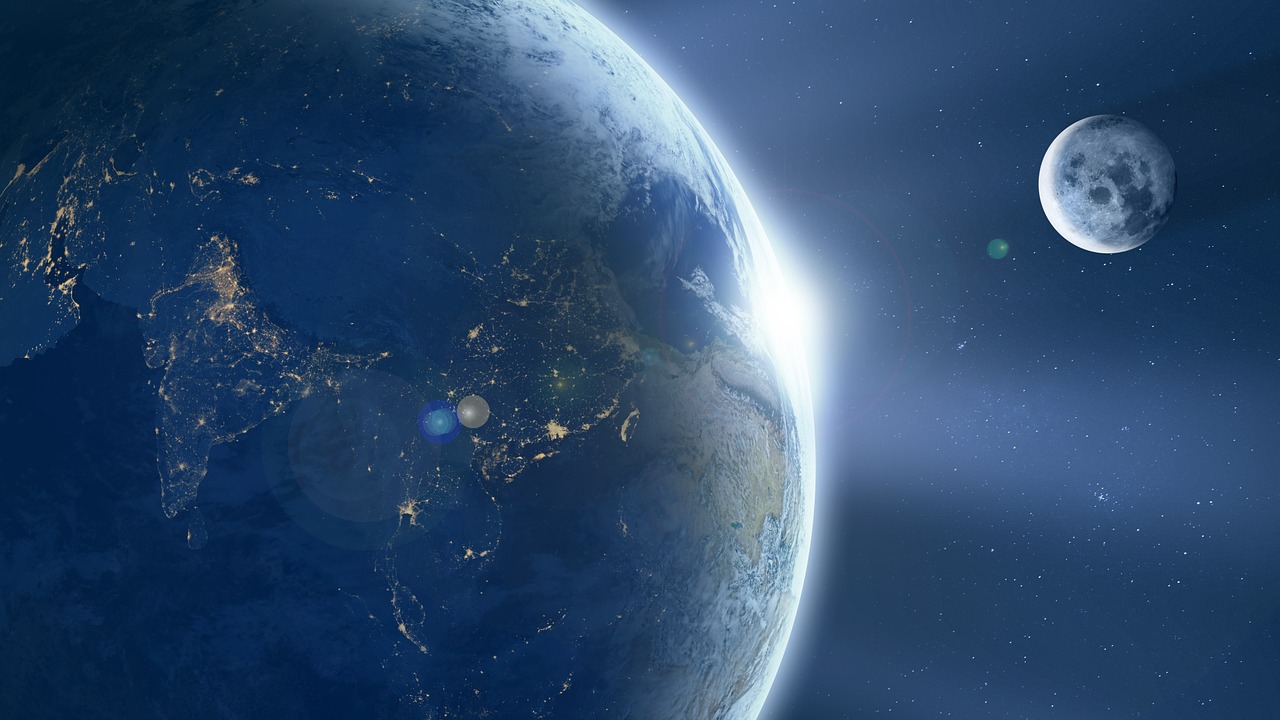
1,000,000 miles (1,609,344 kilometers)
100,000 miles (160,934 kilometers)
238,855 miles (384,400 kilometers)
500,000 miles (804,672 kilometers)
What causes the Moon to have phases (e.g., full moon, crescent)?
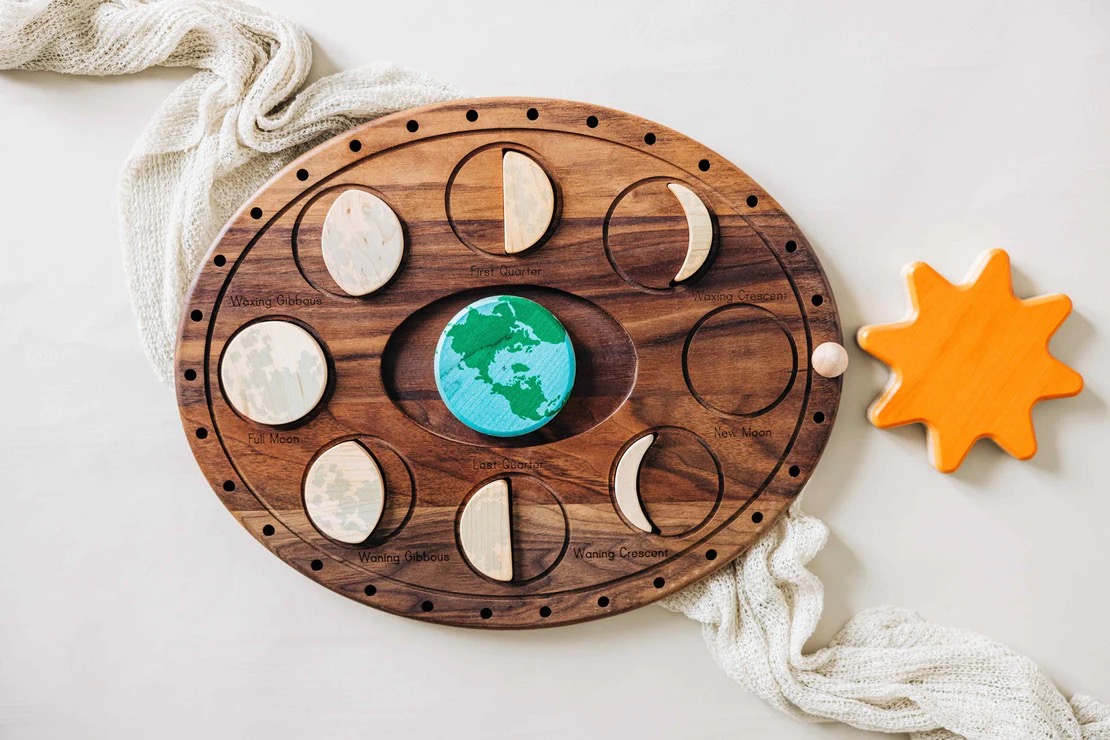
Atmospheric changes
Rotation on its axis
Sunlight hitting different parts of the Moon
Earth's shadow
Who is the Greek goddess associated with the moon?
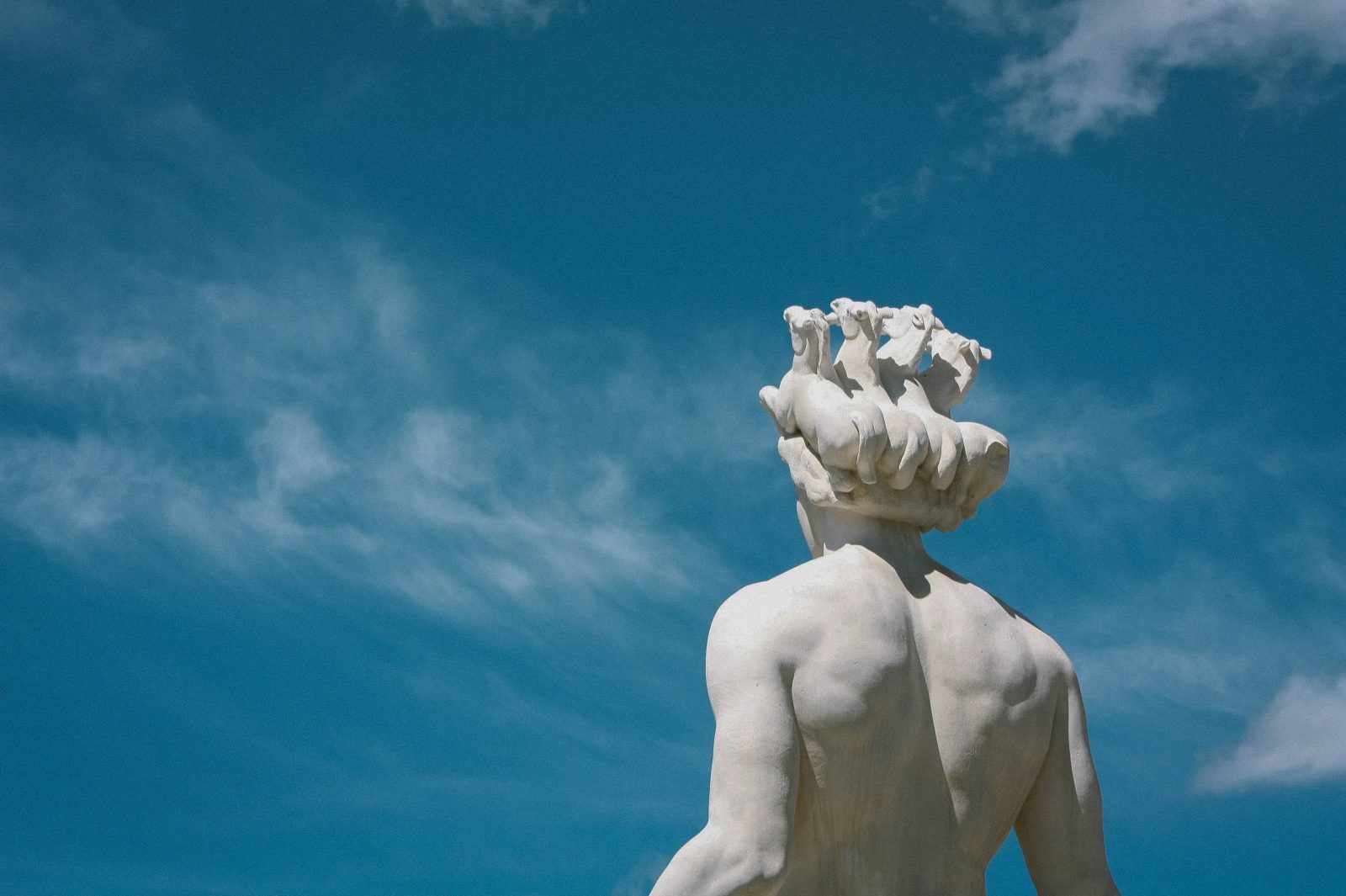
Demeter
Selene
Hestia
Eirene
How long does it take for the Moon to complete one orbit around the Earth?
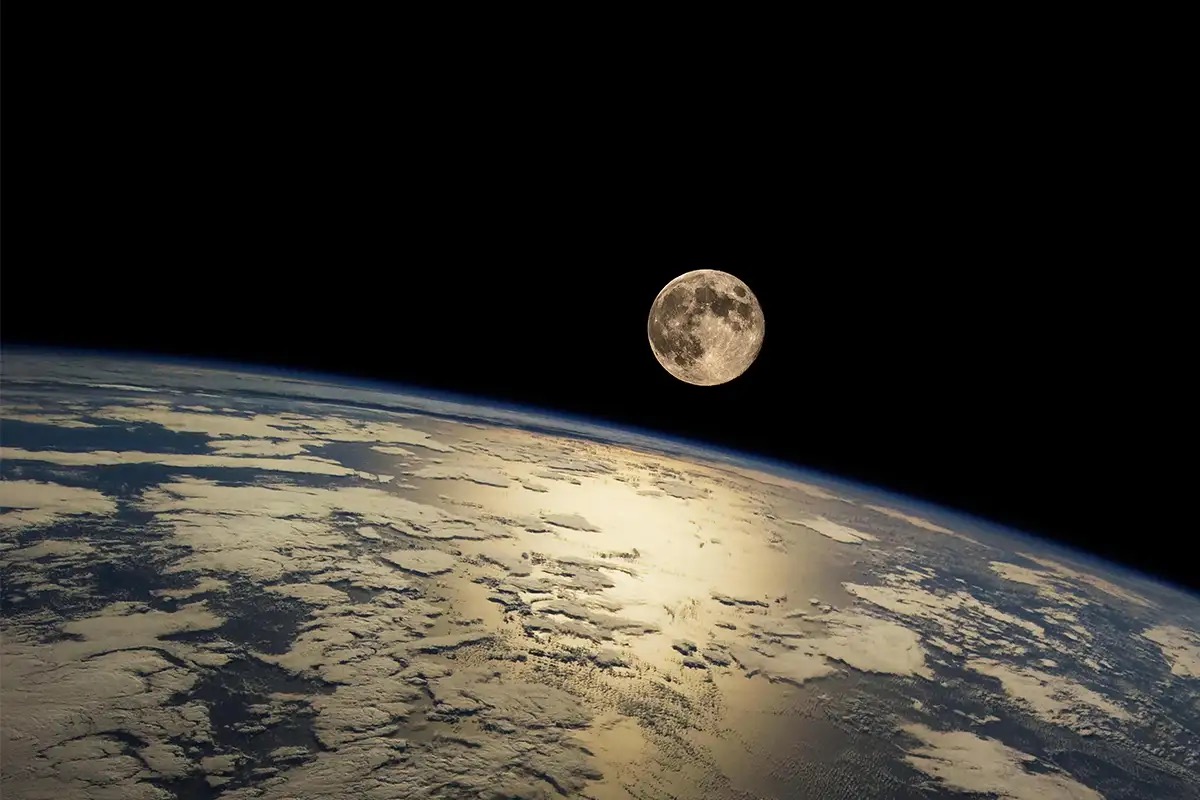
27.3 days
20 days
35 days
30 days
What term describes the effect of the Moon's gravity causing ocean tides on Earth?
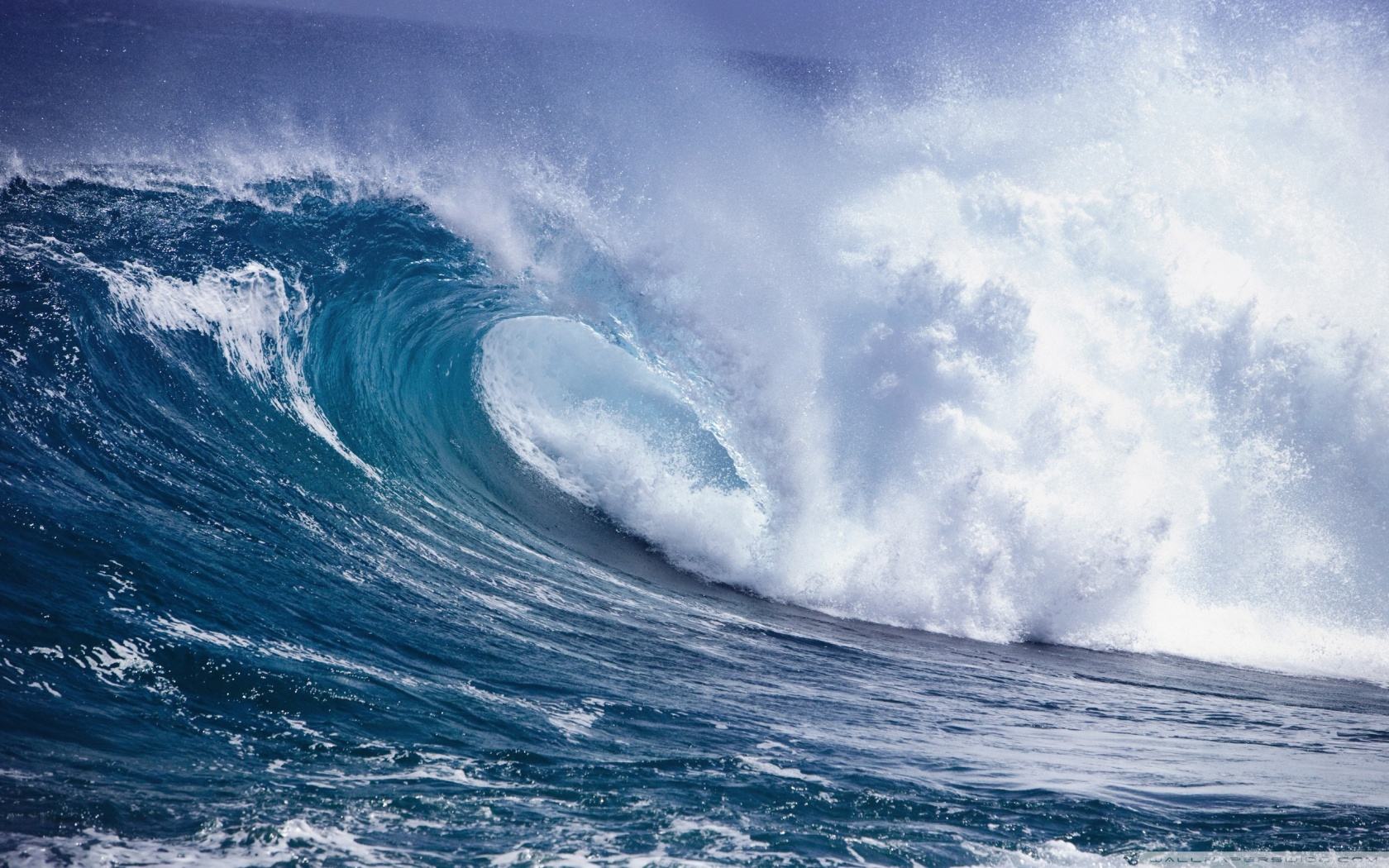
Atmospheric pressure
Tidal forces
Gravitational pull
Lunar pull
How did the Moon likely form, according to the most widely accepted scientific theory?
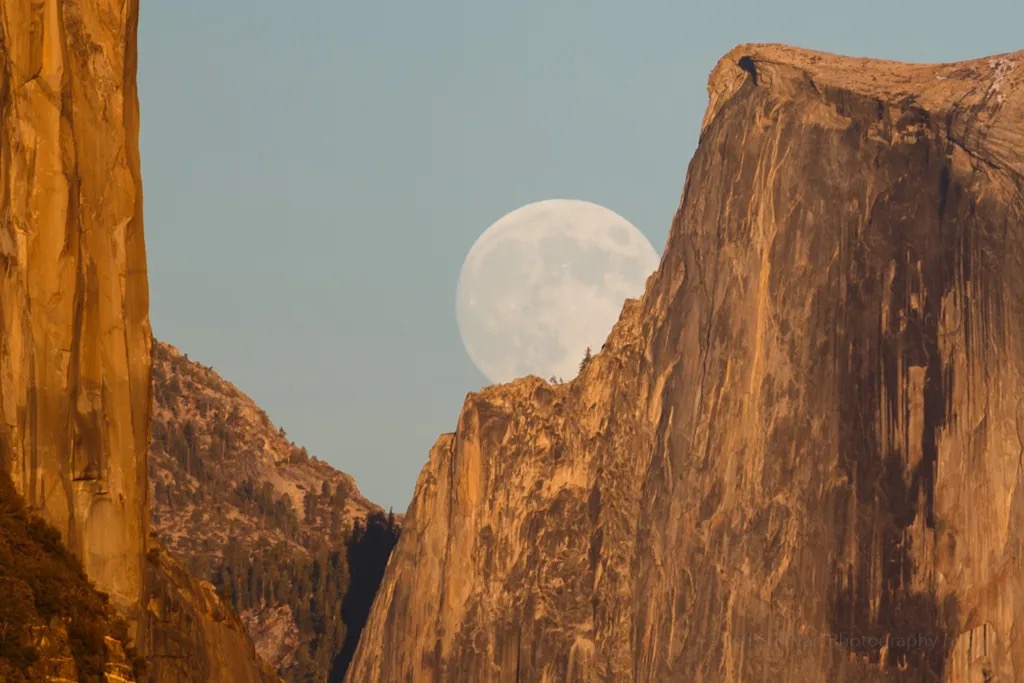
Giant-impact hypothesis
Solar flare
Volcanic eruption
Capture by Earth's gravity
True or false: A moonbow is a rainbow formed by moonlight.
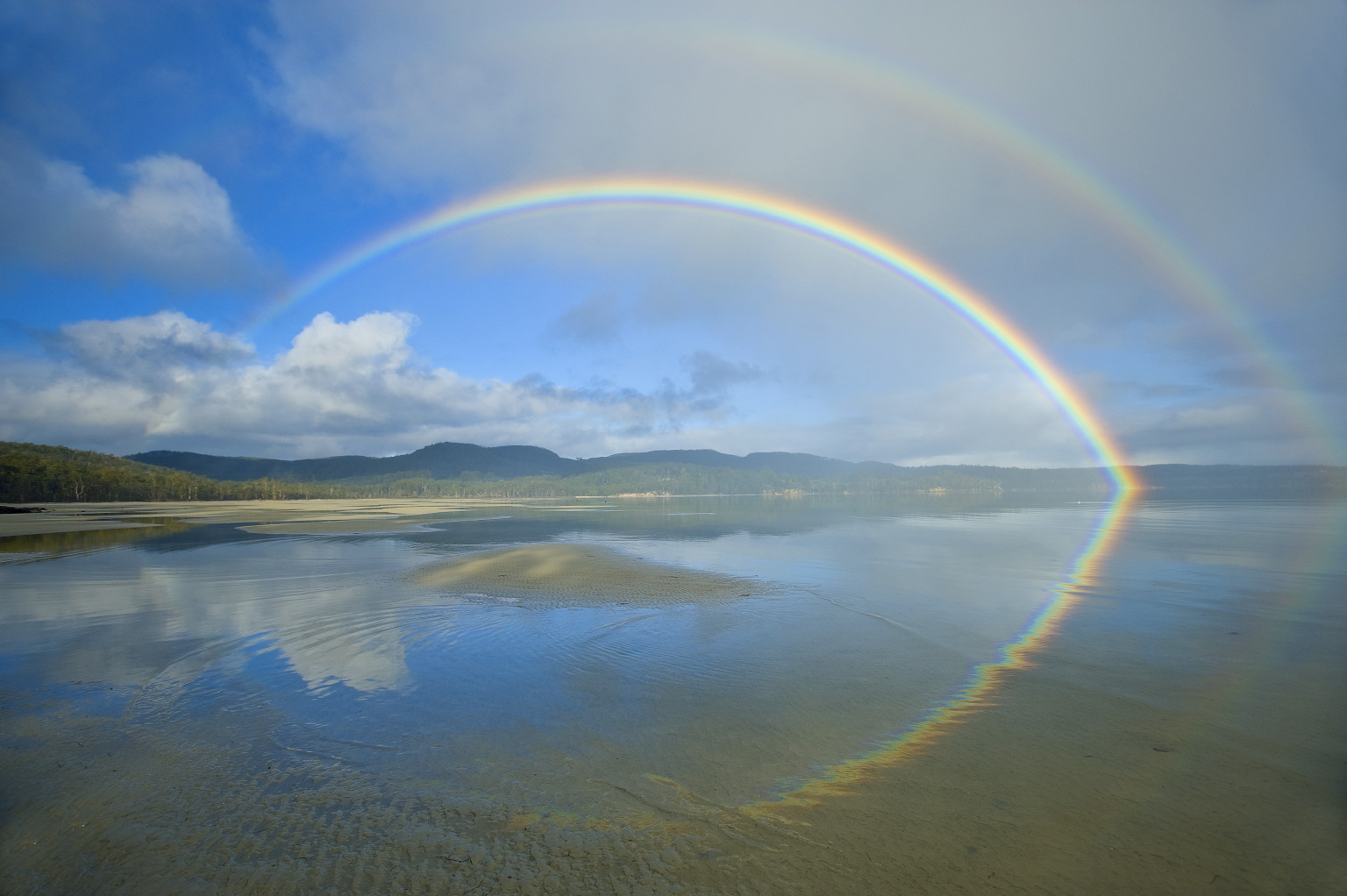
True
False
What was the first sport played on the Moon?

Soccer
Fencing
Volleyball
Golf
What is the term for the phenomenon when the Earth blocks sunlight from reaching the Moon?
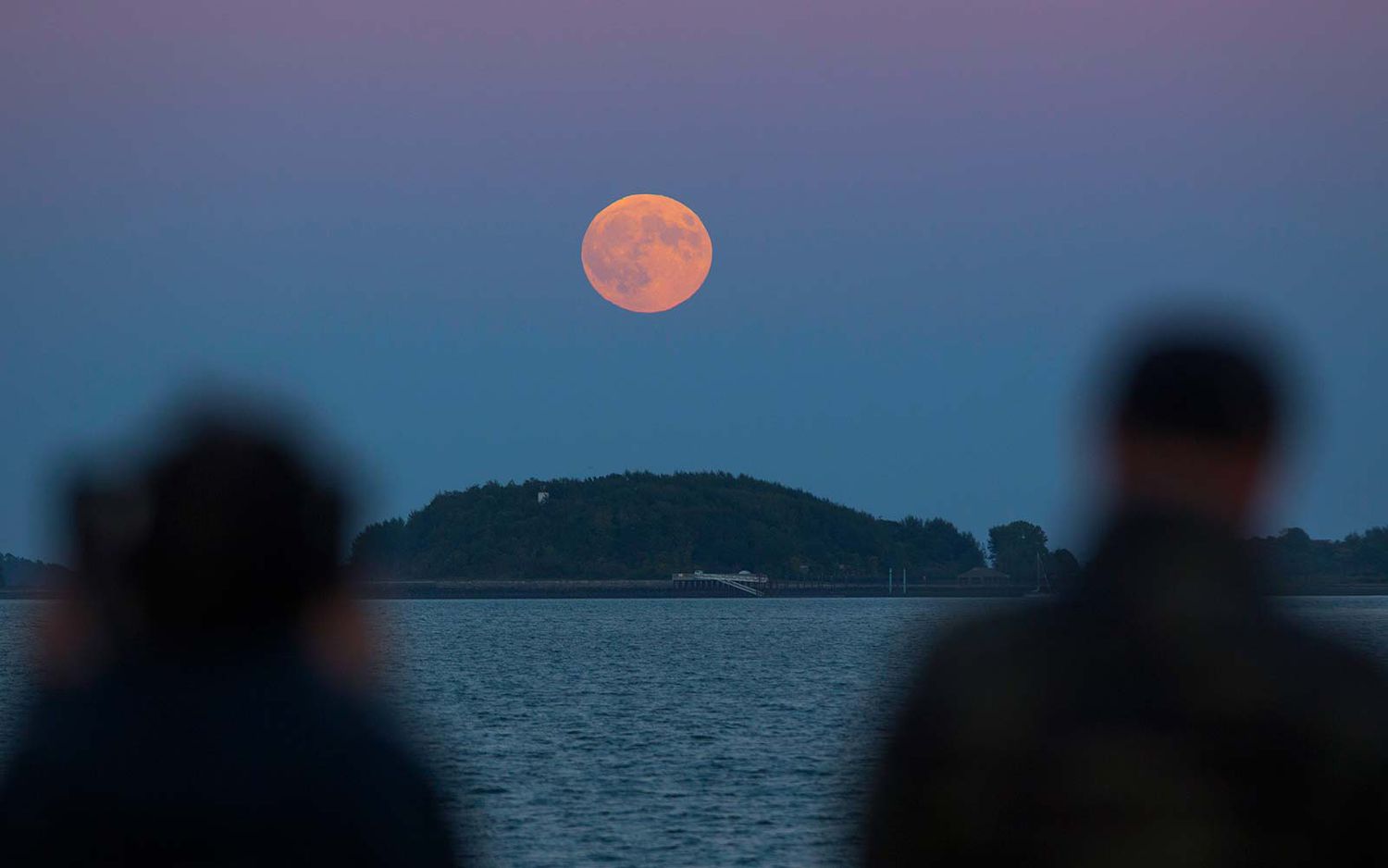
Moonset
New moon
Lunar eclipse
Solar eclipse
What causes the Moon to sometimes appear red during a lunar eclipse?
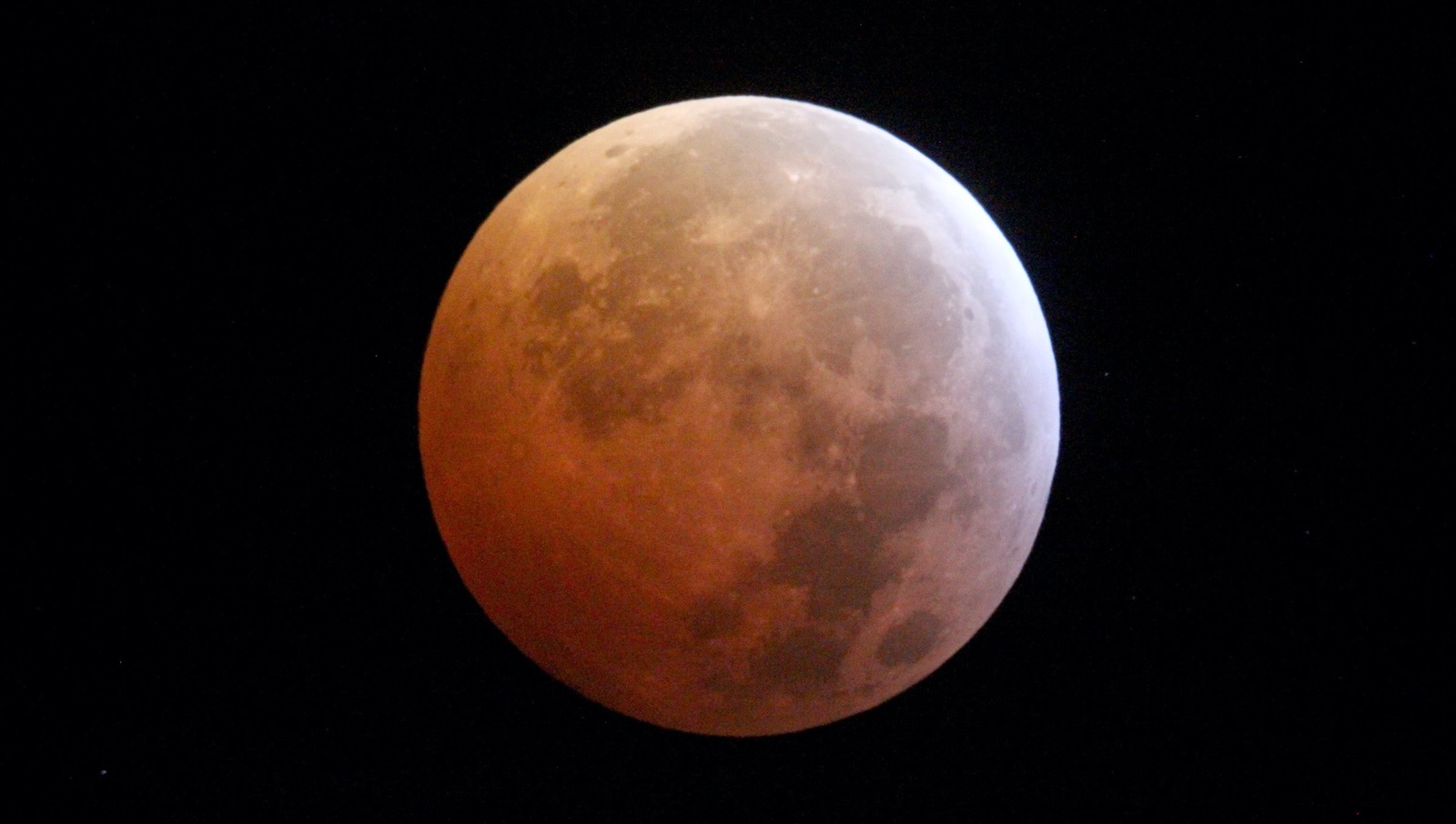
Dust storms on the Moon's surface
Magnetic interference from Earth
Presence of water on the Moon
Light refracted by Earth's atmosphere
On July 21, 1969, Neil Armstrong made history as the first person to walk on the Moon's surface, in an area called the "Sea of" what?
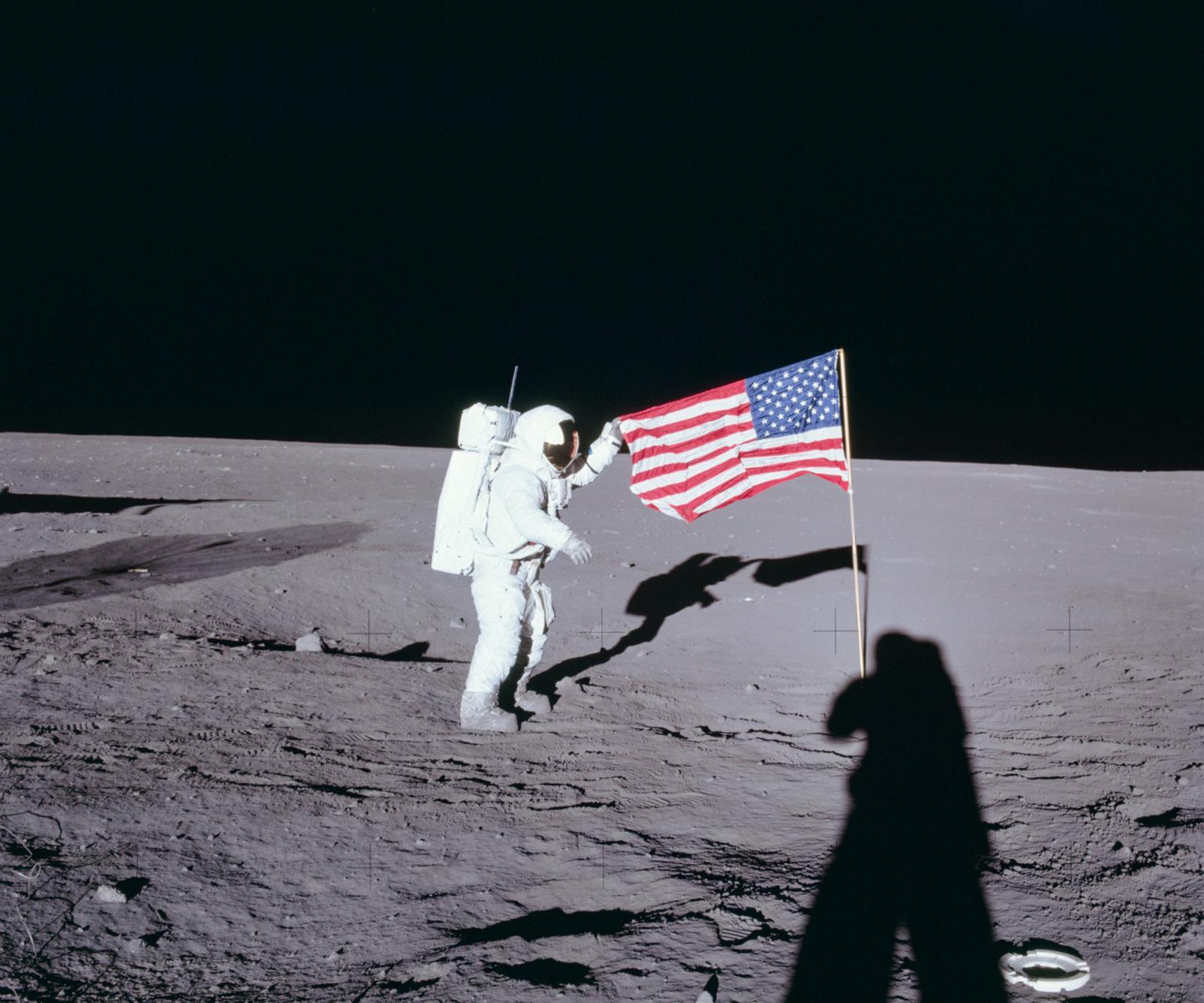
Wonder
Silence
Beauty
Tranquility
Which Apollo mission returned the famous 'Blue Marble' image of Earth? Hint: As of 2023, it was the last crewed mission to the Moon.
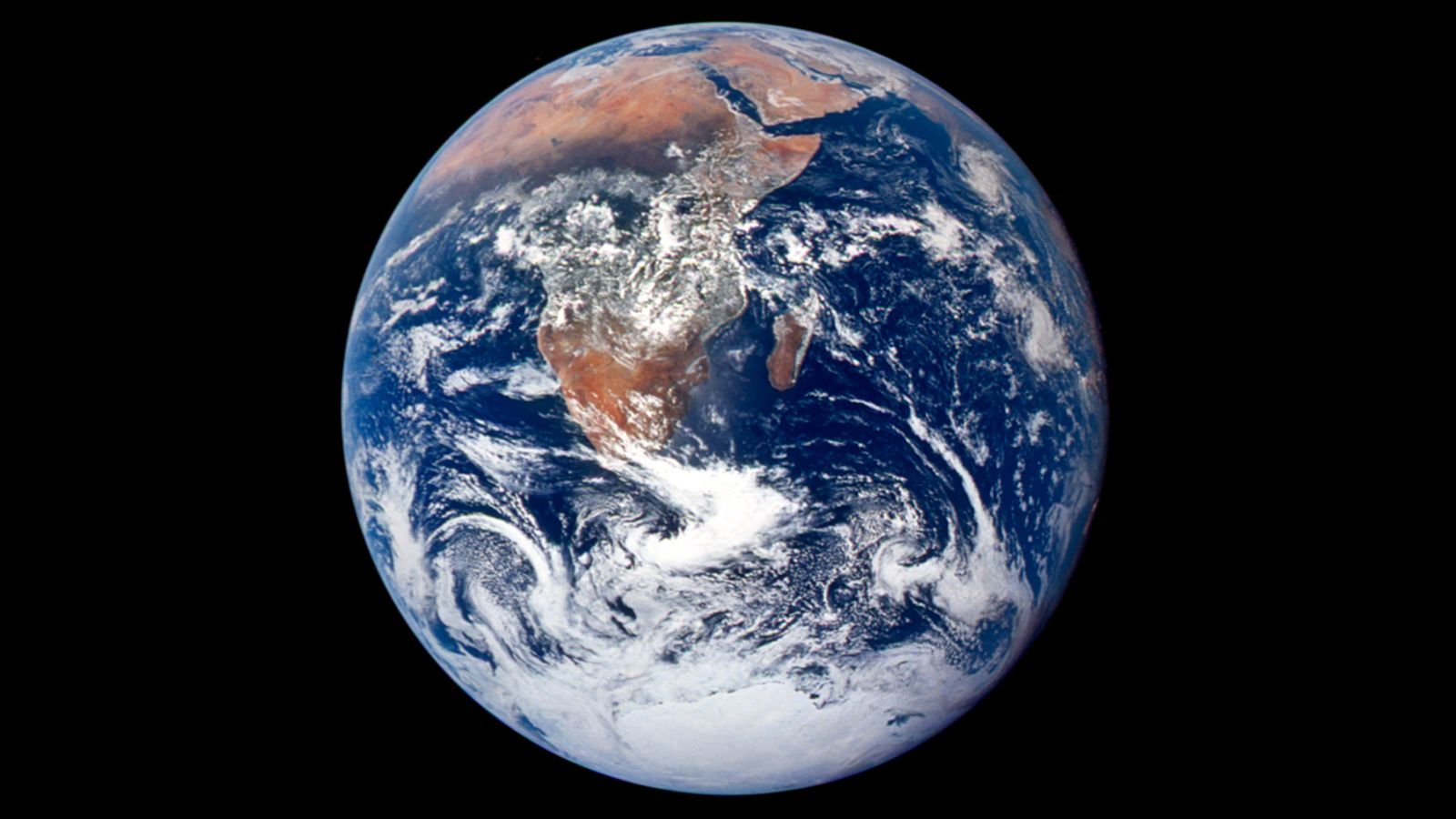
Apollo 8
Apollo 15
Apollo 11
Apollo 17
What is the name given to the line dividing the illuminated and dark halves of the Moon?
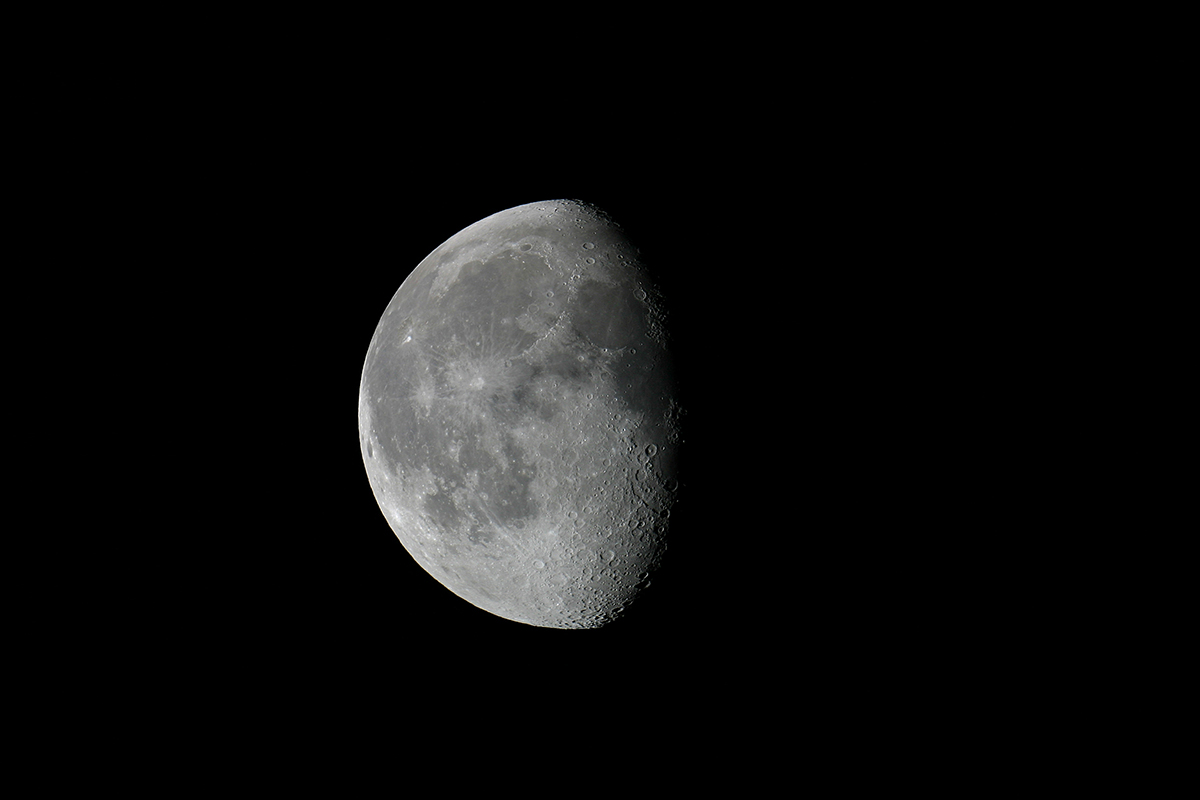
Terminator
Axis
Equator
Meridian
Which Apollo mission encountered a problem with its oxygen tank, leading to the famous phrase 'Houston, we've had a problem'?
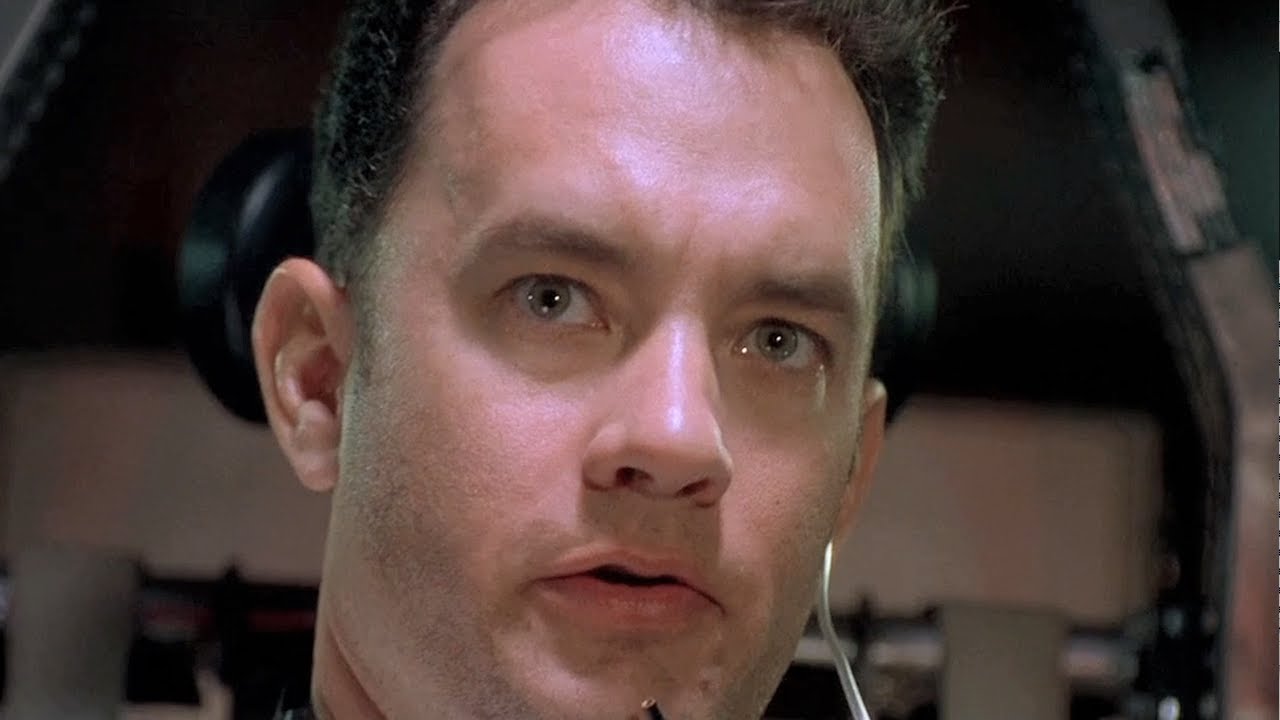
Apollo 11
Apollo 14
Apollo 12
Apollo 13
What term describes the phenomenon where the Moon's rotation period matches its orbital period around Earth, resulting in one side of the Moon always facing our planet?

Rotational delay
Tidal locking
Moon's orbit
Celestial balance
Almost there! What is the term for the narrowest and deepest valleys on the Moon's surface?
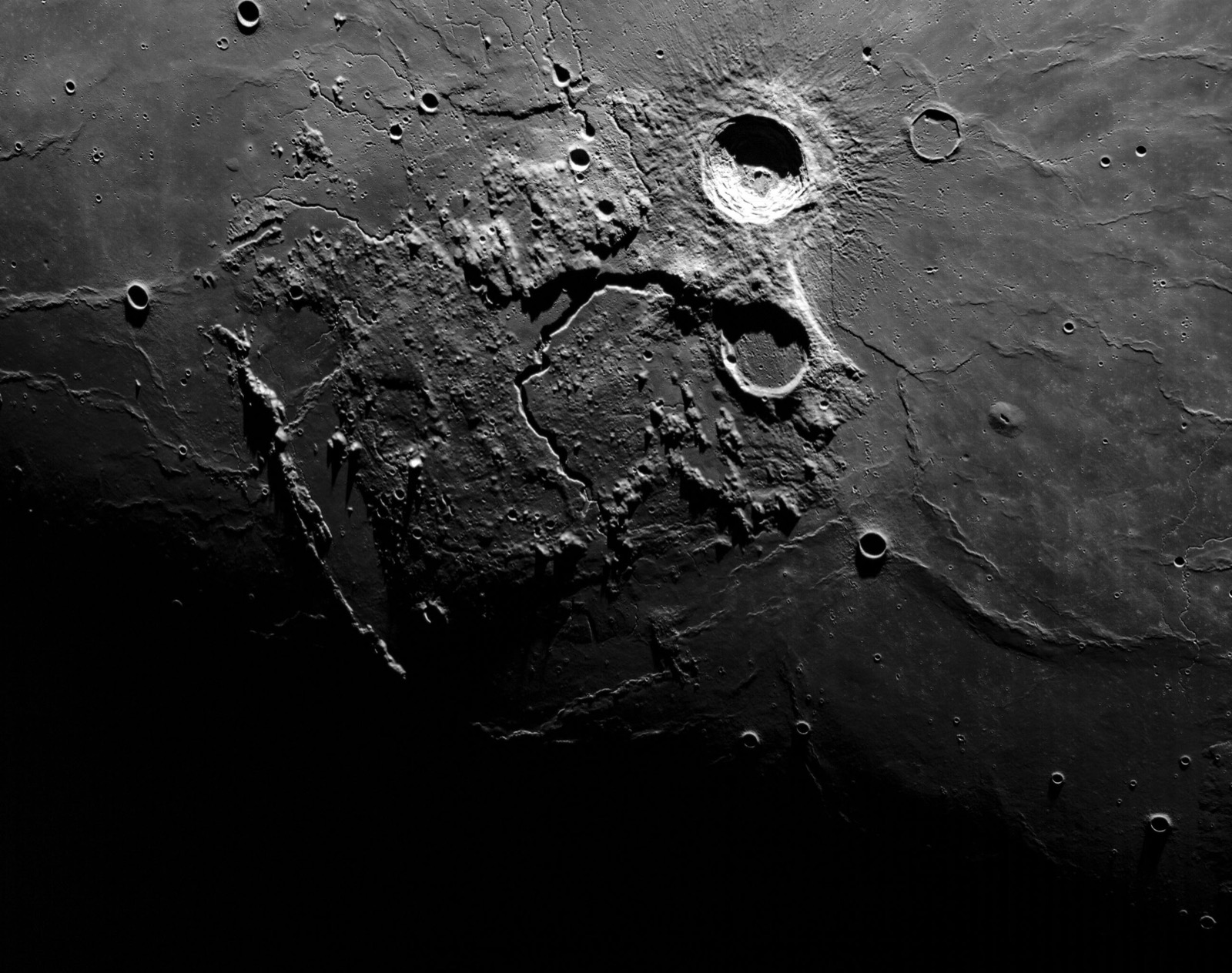
Rilles
Craters
Canyons
Escarpments
What is the term for the faint glow sometimes observed on the dark portion of the Moon, caused by sunlight reflected off the Earth's surface?
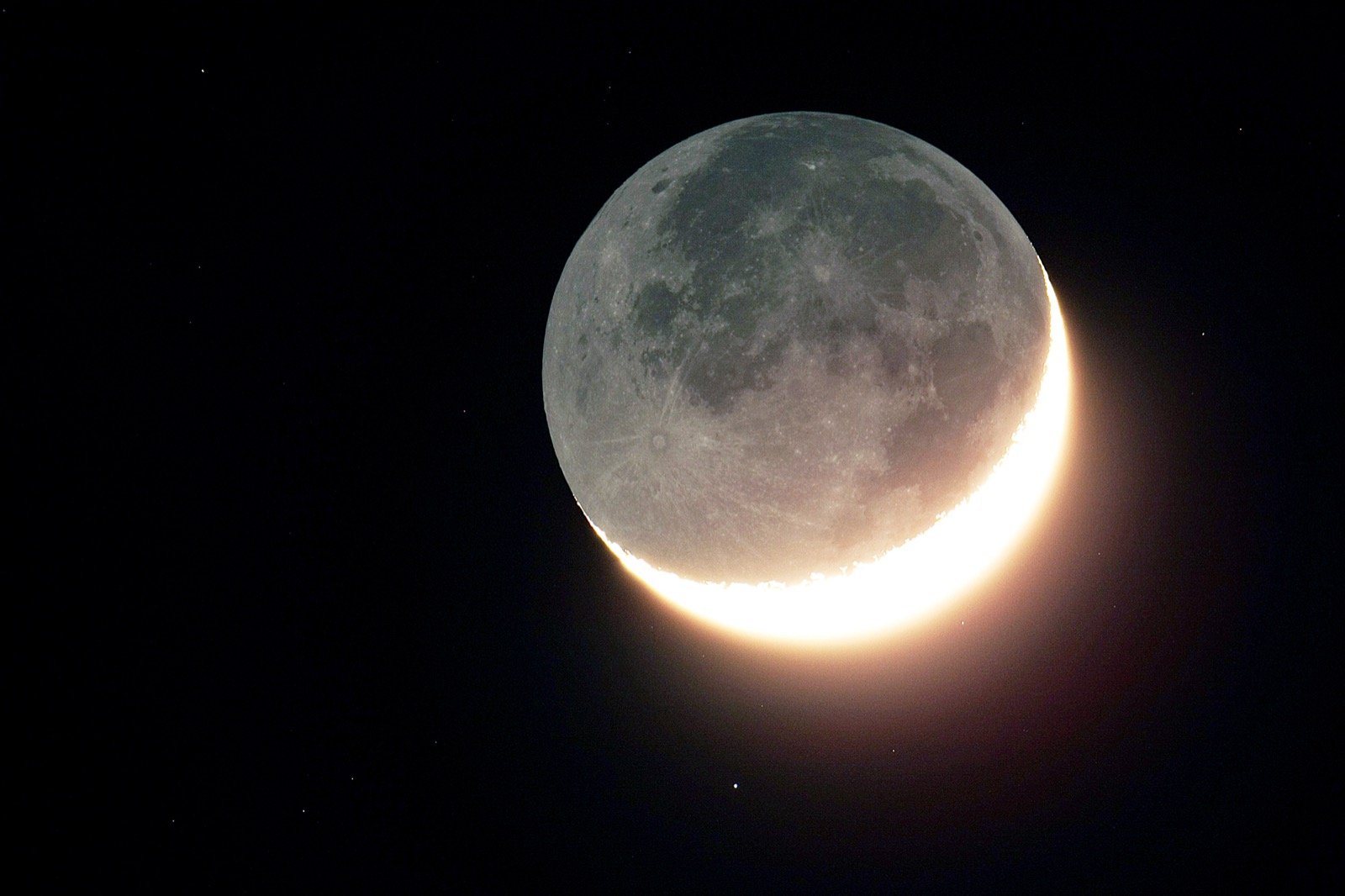
Sunrise effect
Earthshine
Lunar glow
Moonlight
And finally, what is the name of the first human-made object to reach the Moon?
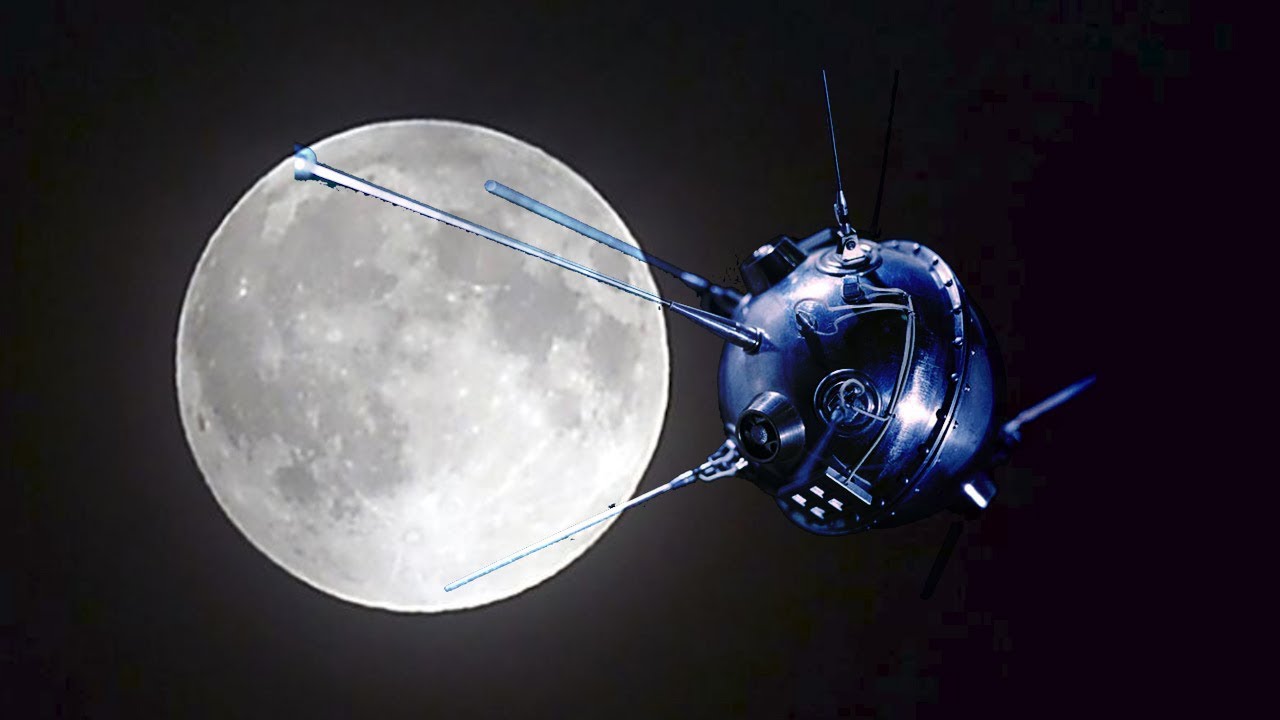
Luna 2
Voyager 1
Sputnik 1
Apollo 11

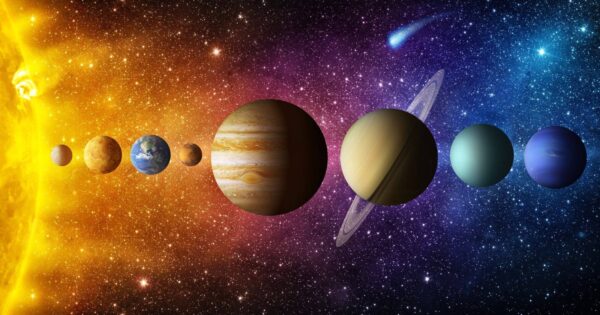
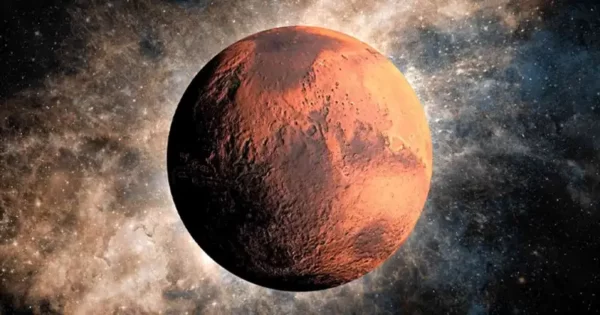
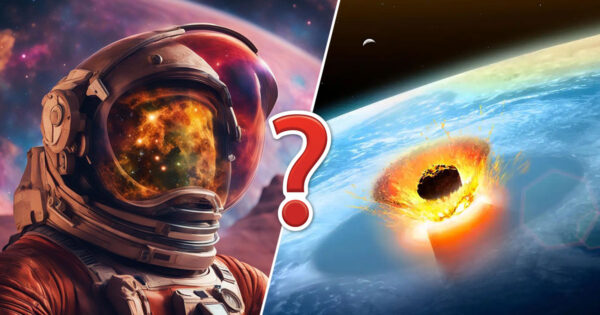
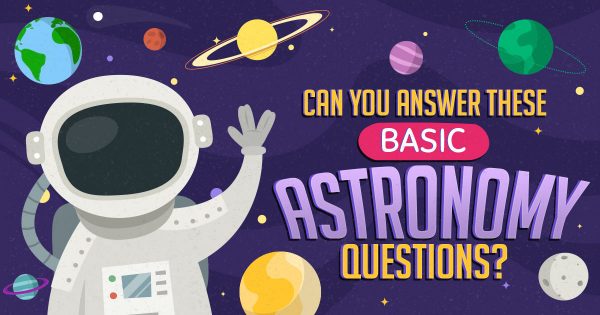
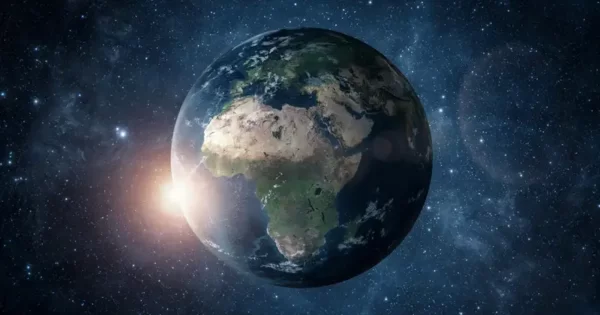
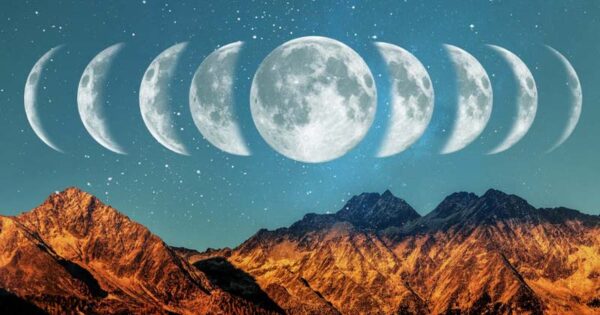
2 Comments
24/24 fantastic!!!
Not to bad or]not]